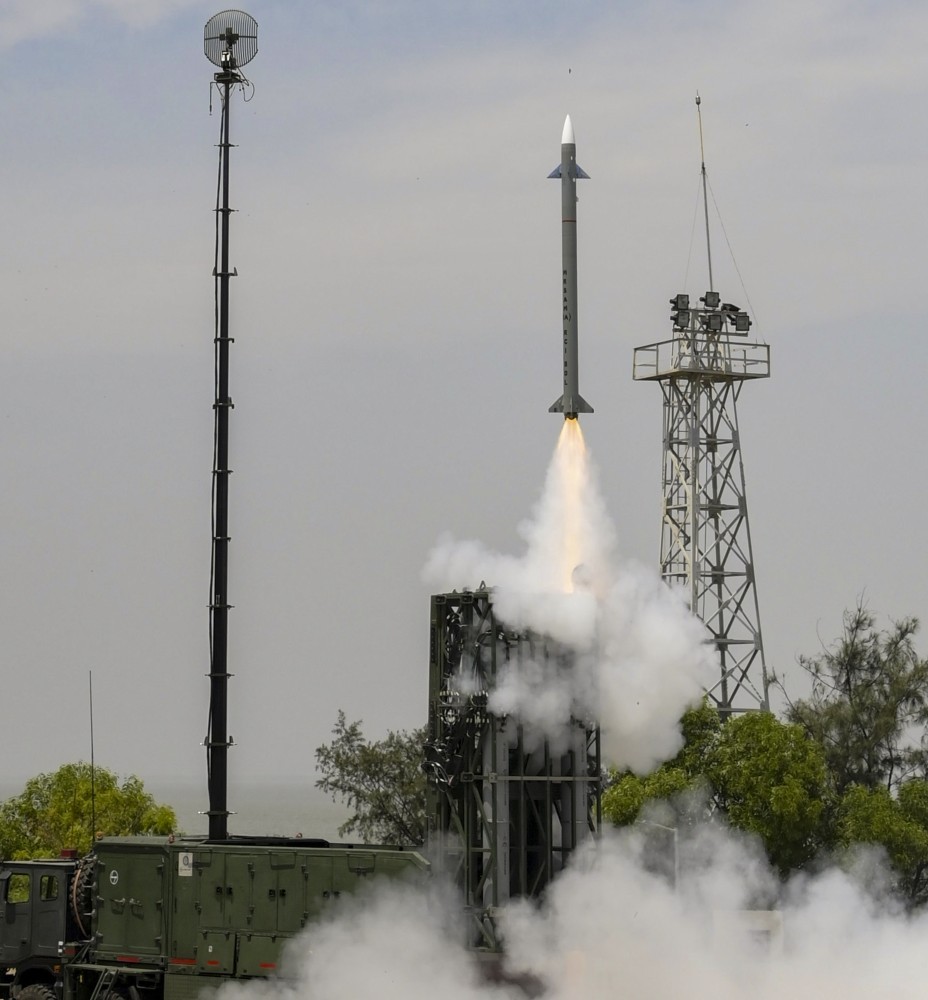
False-color depiction of dark matter around a star cluster. Image credit: J.-P. Kneib/ESA/NASA
LONDON (PTI): Scientists have developed what they claim is a "scintillating bolometer" -- a device that may help in the detection of dark matter of the universe.
The bolometer has been tested at Canfranc Underground Laboratory in Huesca, Spain.
"One of the biggest challenges in physics today is to discover the true nature of dark matter which can�t be directly observed -- even though it seems to make up one-quarter of the matter of the Universe.
"So we have to attempt to detect it using prototypes such as the one we have developed," Eduardo, a researcher from the UNIZAR's Laboratory of Nuclear Physics and Astroparticles, said.
The "scintillating bolometer" is a 46-gram device that contains a crystal "scintillator", made up of bismuth, germinate and oxygen which acts as a dark matter detector.
"This detection technique is based on the simultaneous measurement of the light and heat produced by the interaction between the detector and the hypothetical WIMPs (Weakly Interacting Massive Particles) which, according to various theoretical models, explain the existence of dark matter", explains Eduardo.
According to the scientists, the difference in the scintillation of the various particles enables this method to differentiate between the signals that the WIMPs would produce and others produced by various elements of background radiation such as alpha, beta or gamma particles.
In order to measure the miniscule amount of heat produced, the detector must be cooled to temperatures close to absolute zero, and a cryogenic facility, reinforced with lead and polyethylene bricks and protected from cosmic radiation as it housed under the Tobazo mountain, has been installed at the Canfranc underground laboratory.
"The new scintillating bolometer has performed excellently, proving its viability as a detector in experiments to look for dark matter, and also as a gamma spectrometer (a device that measures this type of radiation) to monitor background radiation in these experiments," he said.
The scintillating bolometer is currently at the Orsay University Centre in France, where the team is working to optimise the device's light gathering, and carrying out trials with other BGO crystals.
The findings have been published in the 'Optical Materials' journal.
 Previous Article
Previous Article Next Article
Next Article













The Indian Air Force, in its flight trials evaluation report submitted before the Defence Ministry l..
view articleAn insight into the Medium Multi-Role Combat Aircraft competition...
view articleSky enthusiasts can now spot the International Space Station (ISS) commanded by Indian-American astr..
view article